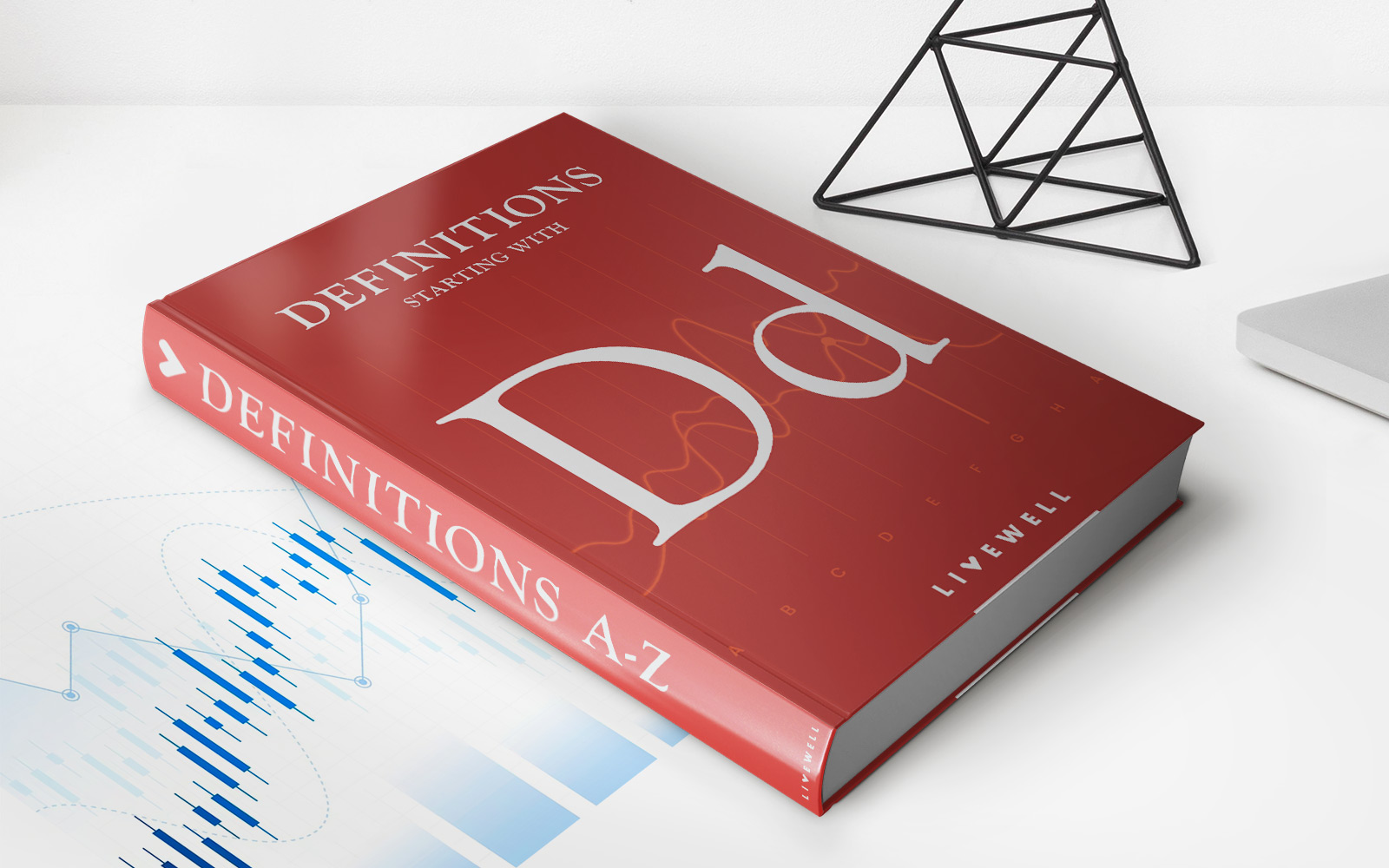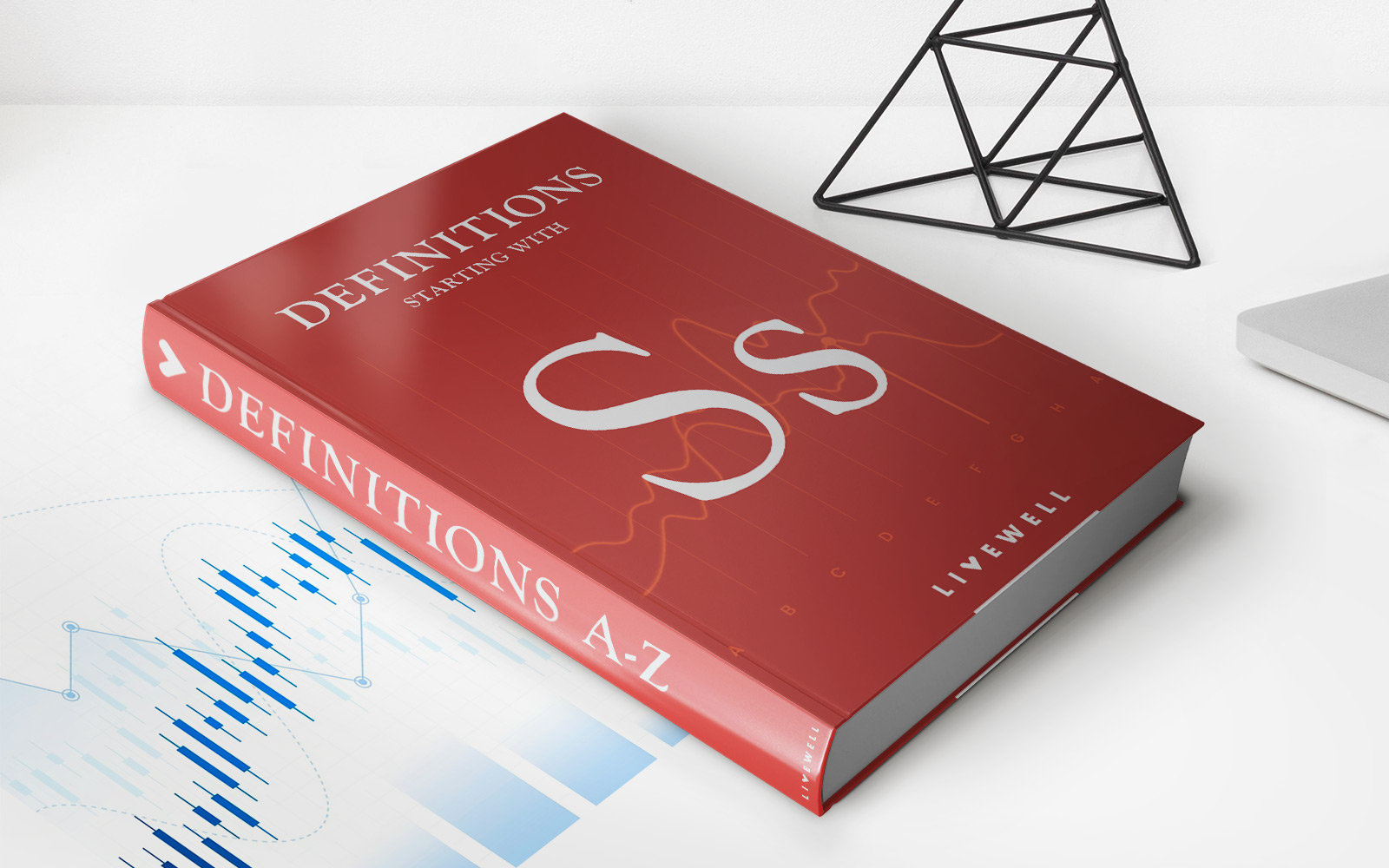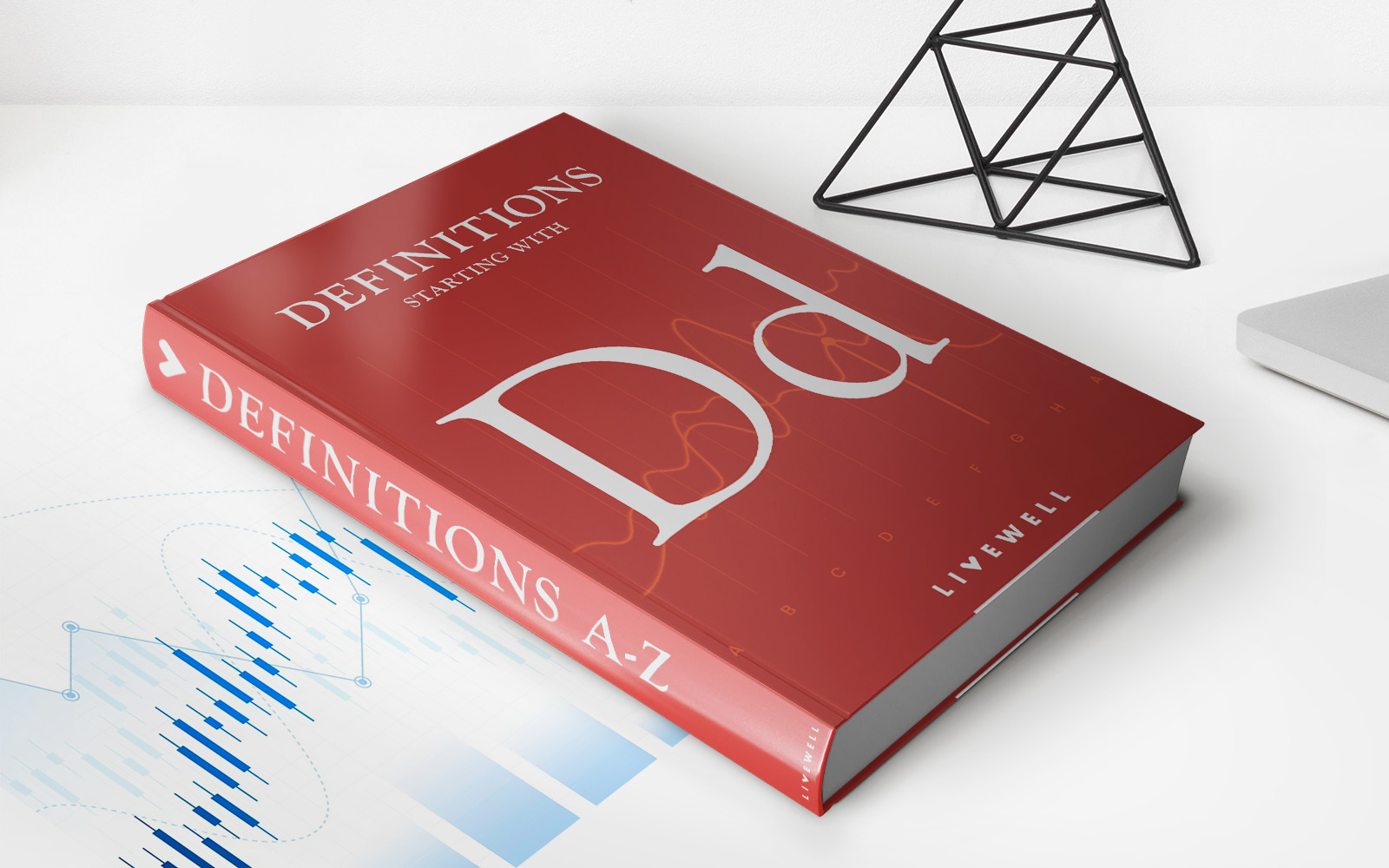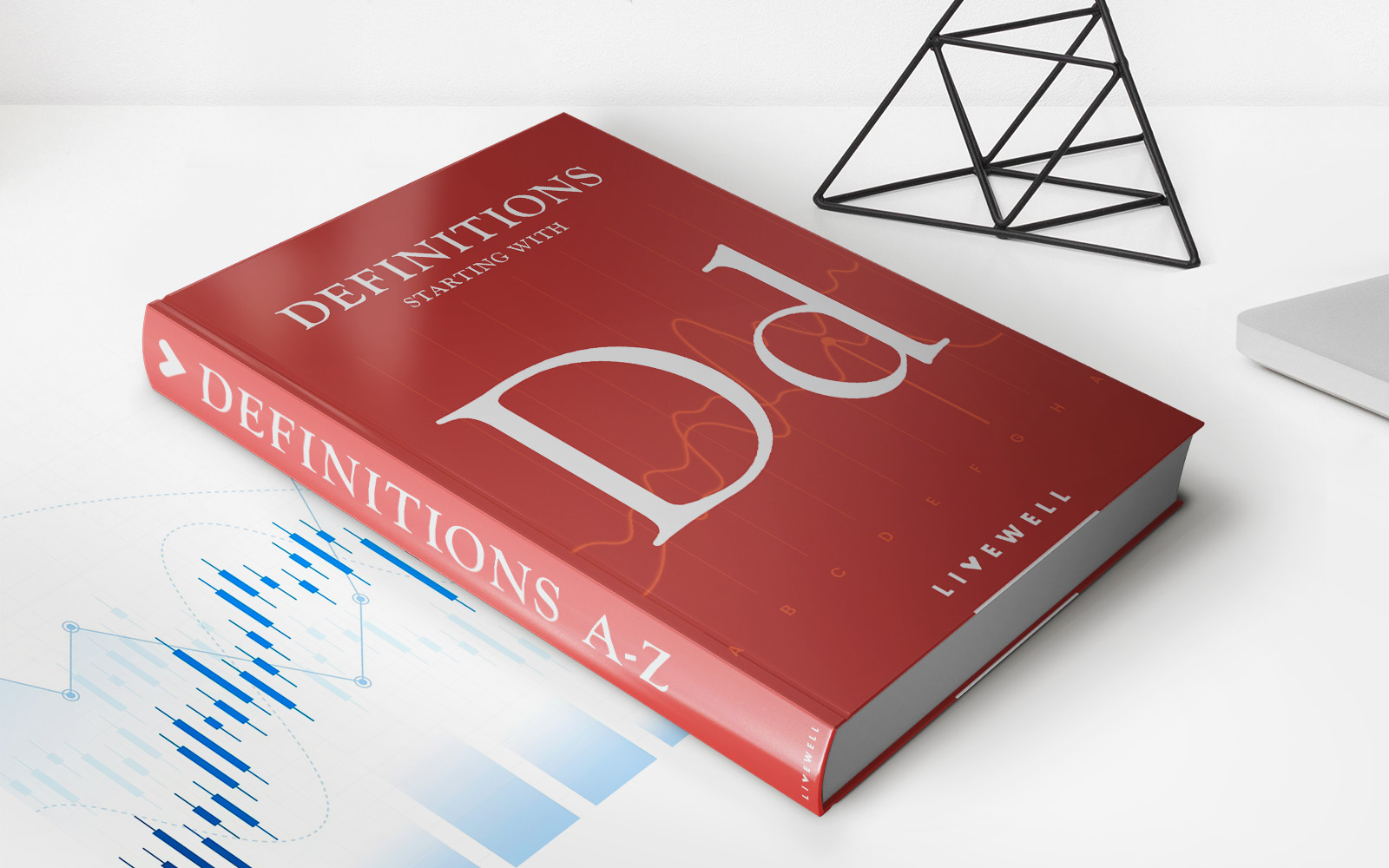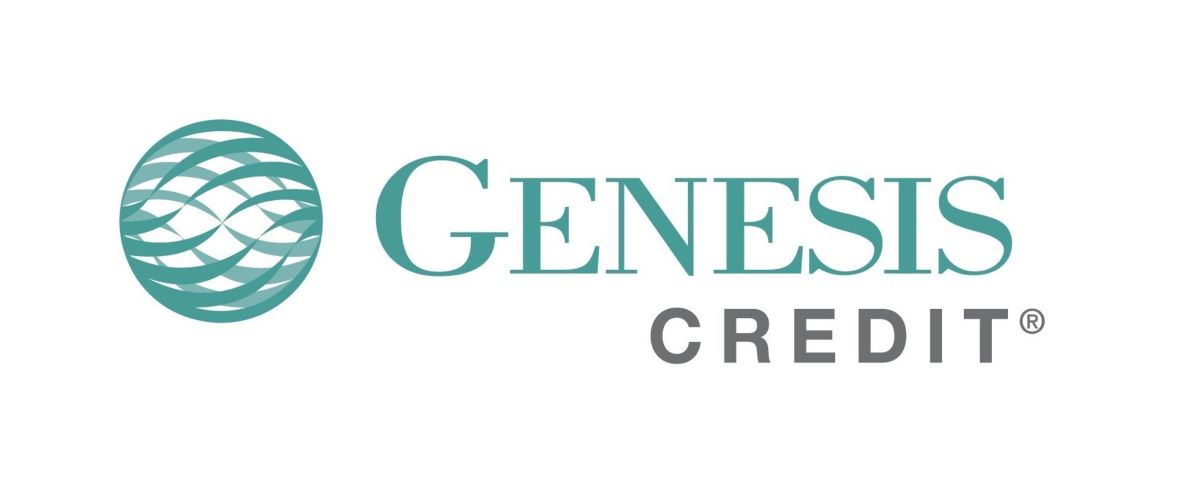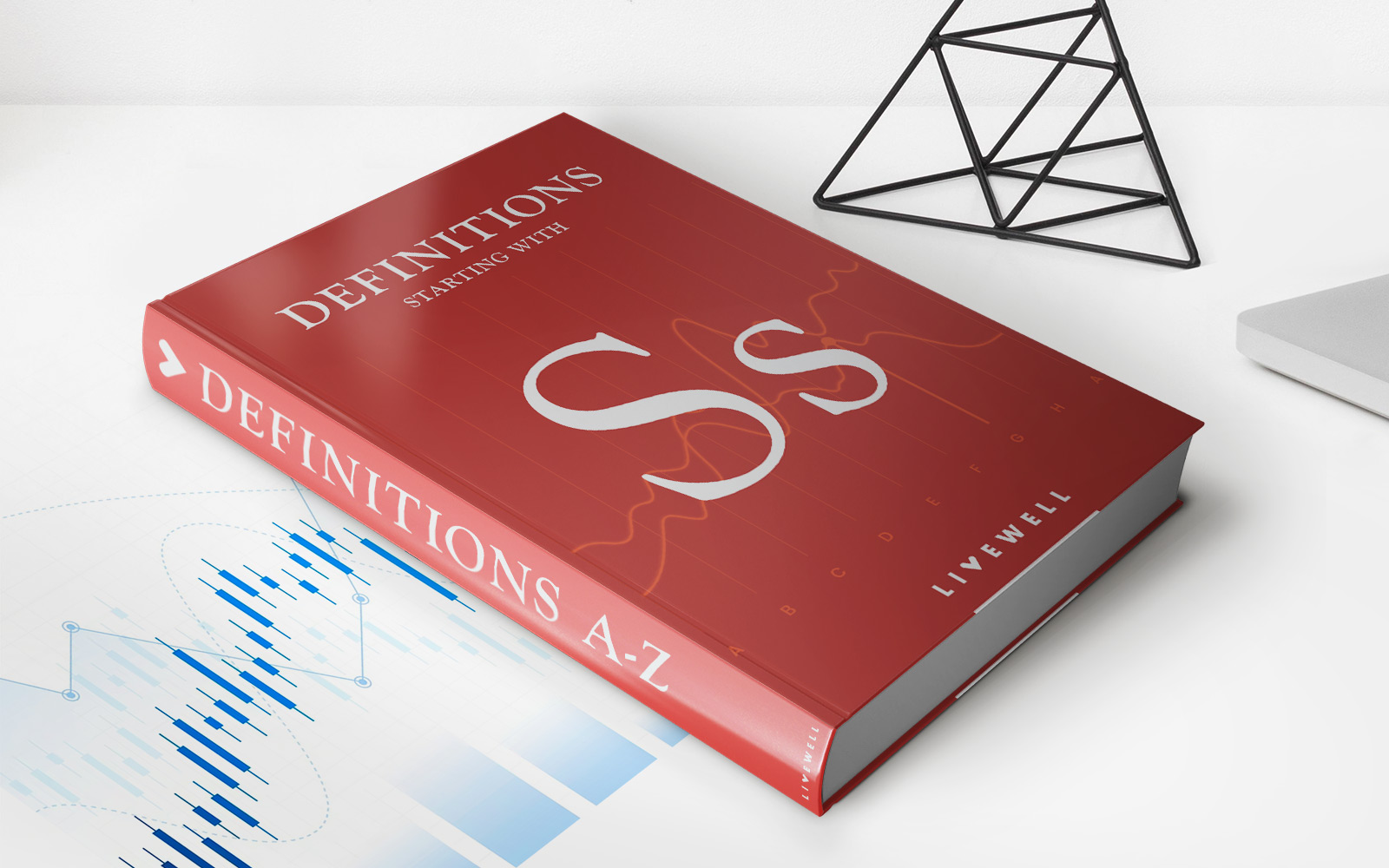Home>Finance>Frictional Unemployment: Definition, Causes, And Quit Rate Explained


Finance
Frictional Unemployment: Definition, Causes, And Quit Rate Explained
Published: November 28, 2023
Learn about frictional unemployment, its causes, and the quit rate in the finance industry. Understand the definition and concepts behind it.
(Many of the links in this article redirect to a specific reviewed product. Your purchase of these products through affiliate links helps to generate commission for LiveWell, at no extra cost. Learn more)
What is Frictional Unemployment?
Are you familiar with the term “frictional unemployment”? If not, don’t worry, you’re not alone. Frictional unemployment refers to the temporary and voluntary unemployment that occurs when individuals are searching for new job opportunities or transitioning between jobs. It is a natural part of the labor market and often happens due to factors such as personal choice, geographic location, lack of information, or the time it takes to find a suitable job.
Causes of Frictional Unemployment
Frictional unemployment can be caused by various factors, including:
- Job searching: When individuals decide to leave their current jobs for better opportunities or are entering the job market for the first time, they experience a period of temporary unemployment. This time is needed for them to search, interview, and evaluate potential jobs.
- Geographic barriers: Some individuals may face challenges finding employment due to geographic limitations. Whether it’s because they live in a remote area or are unable to relocate, these barriers can contribute to frictional unemployment.
- Information gaps: The job market is constantly evolving, and individuals may lack the necessary information or skills to easily find employment. This can lead to a longer job search process and result in frictional unemployment.
- Transitions: Whenever there is a mismatch between an individual’s skills and the job market’s requirements, a transition period may occur. This transition period often leads to frictional unemployment as individuals seek training or education to acquire the skills needed for their desired occupations.
Quit Rate and Frictional Unemployment
The quit rate is a key metric that helps us understand the level of frictional unemployment in an economy. It measures the percentage of employed individuals who voluntarily leave their jobs, often in pursuit of better opportunities or improved working conditions. A higher quit rate indicates a greater level of fluidity and suggests that individuals feel confident in finding new employment relatively quickly.
Key Takeaways
- Frictional unemployment refers to temporary and voluntary unemployment that occurs when individuals are searching for new job opportunities or transitioning between jobs.
- Causes of frictional unemployment include job searching, geographic barriers, information gaps, and transitions.
Understanding frictional unemployment is crucial for policymakers, economists, and individuals navigating the job market. While it can be frustrating to experience temporary unemployment, it’s important to remember that it is a natural part of the labor market and often leads to better job matches in the long run. By acknowledging the causes and dynamics of frictional unemployment, we can work towards reducing its impact and fostering a more efficient and productive labor market.

